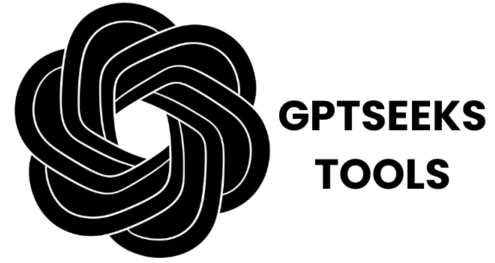For businesses looking to integrate powerful AI, the choice of a foundational model is critical. The Claude 3 Sonnet vs Gemini 1.5 Pro matchup represents a key decision point for any enterprise: do you choose the fast, efficient workhorse or the deep-diving data powerhouse? This isn’t just another enterprise AI showdown; it’s about selecting the right engine for your company’s specific needs. This guide will provide a definitive, hands-on analysis to help you make the smartest choice.
Executive Summary: The Workhorse vs. The Powerhouse
In the enterprise AI comparison of Claude 3 Sonnet vs Gemini 1.5 Pro, the best choice depends entirely on your primary use case. Claude 3 Sonnet is the superior option for high-volume, scalable tasks where a balance of speed, intelligence, and cost-effectiveness is crucial. Gemini 1.5 Pro is the unmatched specialist for tasks that require analyzing massive amounts of data in a single prompt, thanks to its enormous context window.
This strategic difference is by design. Anthropic positions its Sonnet model as the ideal balanced engine for enterprise needs, while Google’s Gemini 1.5 Pro is built to handle data on a scale other models can’t. This article will explore, with practical, enterprise-focused tests, exactly what these differences mean for your business.
The Core Philosophies: “Balanced Performance” vs. “Long-Context Power”
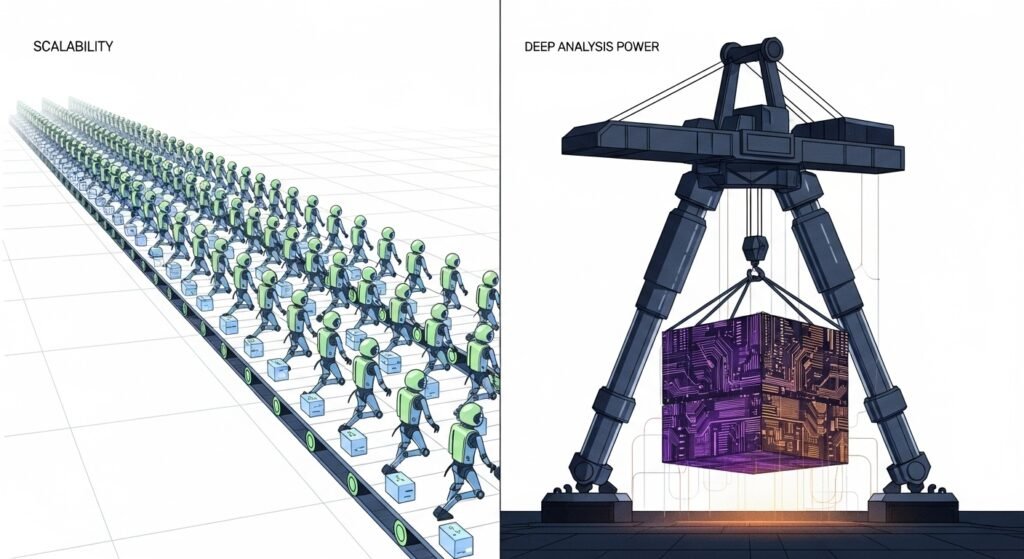
To make the right business decision in the Claude 3 Sonnet vs Gemini 1.5 Pro matchup, you have to understand their intended roles. These aren’t just two competing models; they are two different tools designed for two different jobs. One is a versatile and efficient workhorse, while the other is a specialized powerhouse for data-heavy tasks.
Anthropic’s Claude 3 Sonnet: The Enterprise Workhorse for Scalability
Claude 3 Sonnet is engineered to be the “workhorse” model for enterprise AI, offering the ideal balance of intelligence, speed, and cost-effectiveness. Within Anthropic’s lineup, it’s not the absolute smartest model (that’s Opus), but it is the most practical and scalable. Its architecture is optimized for high throughput and low latency, making it perfect for powering large-scale applications.
This focus on balanced performance makes it the go-to choice for the majority of enterprise tasks, such as powering customer service chatbots, performing content moderation at scale, and handling routine information extraction. The philosophy is clear: provide a smart, fast, and affordable engine for the millions of tasks businesses perform every day.
Google’s Gemini 1.5 Pro: The Data Analysis Powerhouse with a Massive Context Window
Gemini 1.5 Pro is a top-tier powerhouse model whose defining feature is its revolutionary 1 million token long-context window. While Sonnet is about balance, Gemini 1.5 Pro is about providing a specific, unmatched superpower: the ability to process and reason over vast quantities of information in a single prompt.
The core value of Gemini 1.5 Pro lies in its depth. It’s designed for complex, deep-dive tasks that are impossible for models with smaller context windows. This includes analyzing entire codebases, summarizing hours of video content (video understanding), or finding a single piece of data in thousands of pages of discovery documents. Its strength is in comprehensive data analysis, not just rapid responses.
At a Glance: Key Specification Showdown
Here’s how these different philosophies translate to their core technical specifications.
| Feature | Claude 3 Sonnet | Gemini 1.5 Pro |
| Core Philosophy | Balanced Performance for Scalability | Long-Context Power for Deep Analysis |
| Context Window | 200,000 tokens | 1,000,000 tokens |
| Key Strength | Speed, Throughput, Cost-effectiveness | Unmatched Context Recall & Data Analysis |
| Intended Use Case | High-volume tasks (e.g., customer support, moderation) | Deep research on large datasets (e.g., legal, R&D) |
This strategic positioning—offering different models for different needs—is a common theme in the AI market, with many companies providing a range of options, similar to what is seen in the open-source API space.
Showdown 1: The High-Volume Scalability Test (Sonnet’s Home Turf)
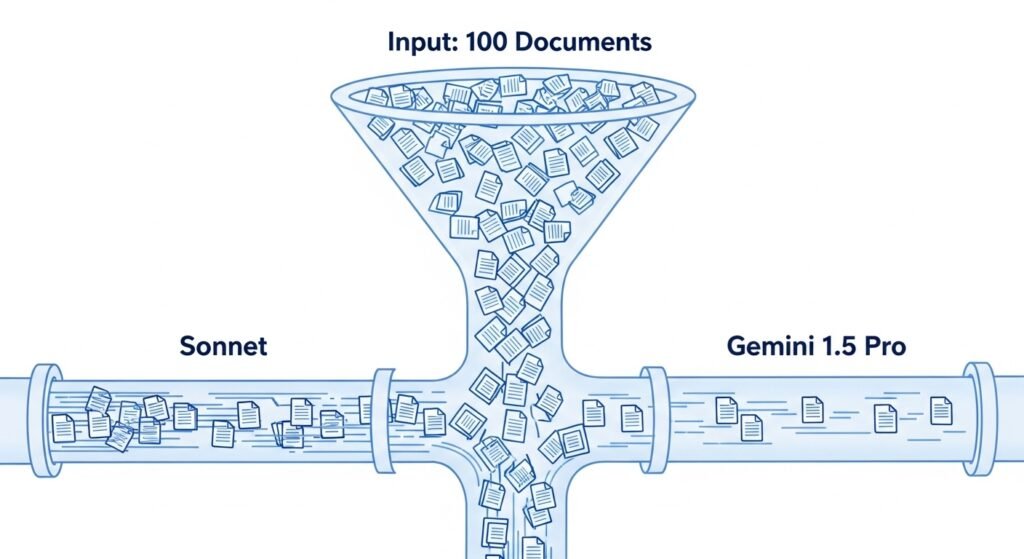
This first showdown is designed to test the core value proposition of an enterprise “workhorse” model: its performance at scale. We move beyond single prompts to simulate a high-volume, repetitive task that many businesses face, focusing on scalability, speed, and cost-effectiveness. This is where Claude 3 Sonnet is expected to shine.
The Task
We simulated a common business process: information extraction from a large batch of documents.
- The Test: We sent 100 separate API calls to both models. Each call contained the text of a different invoice, and the task was to extract the vendor name, the date, and the total amount.
- The Goal: To measure the total time, total cost, and overall accuracy for completing the entire batch of 100 requests.
The Verdict
- Accuracy: Both models were nearly perfect, with a 100% success rate in accurately extracting the correct data from all 100 invoices. For standard information extraction, both are exceptionally reliable.
- Speed: This is where a major difference appeared. Claude 3 Sonnet completed the entire batch of 100 requests significantly faster than Gemini 1.5 Pro. Its lower latency per call and higher throughput meant it could handle the rapid, successive requests with greater efficiency.
- Cost: The difference in cost-effectiveness was also clear. Due to its lower per-token API pricing, the total cost to process all 100 invoices with Sonnet was substantially lower than the cost for Gemini 1.5 Pro.
Overall Winner: For high-volume, scalable tasks, Claude 3 Sonnet is the decisive winner. While both models are accurate, Sonnet’s superior speed and lower cost are critical advantages that compound significantly at an enterprise scale. For businesses needing to process thousands or millions of transactions daily, Sonnet’s efficiency provides a massive return on investment, a key consideration in the competitive AI arena.
Showdown 2: The Deep Dive Research Test (Gemini’s Power Play)
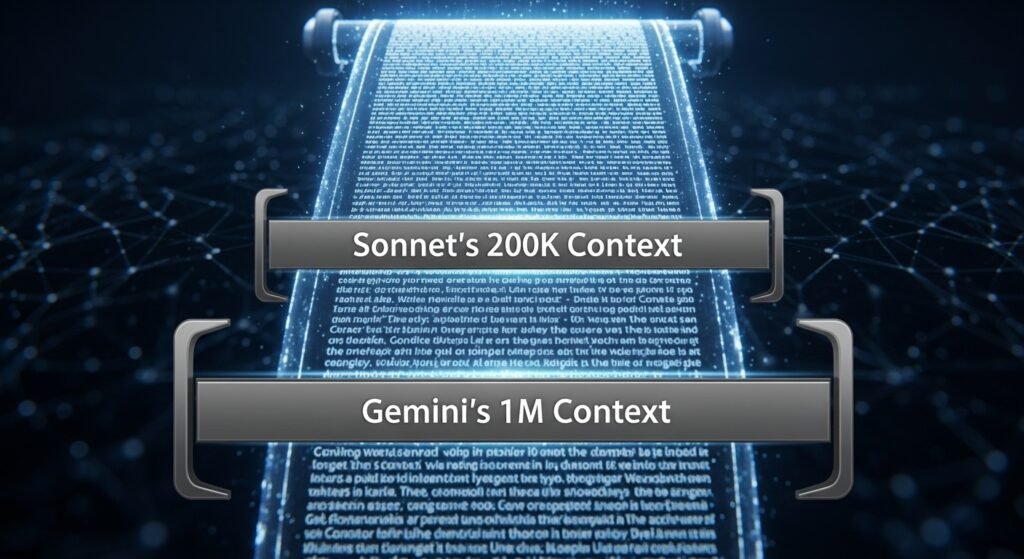
After testing for speed across many small tasks, this showdown tests for depth on one enormous task. We designed a challenge to push the limits of each model’s context window, a test of pure data analysis and long-context recall. This is where Gemini 1.5 Pro’s revolutionary architecture is expected to dominate.
The Task
We simulated a common research and analysis task that businesses face: understanding a large, complex document.
- The Test: We provided both models with a single, massive file: a 250-page market research report totaling approximately 210,000 tokens.
- The Prompt: “Provide a detailed, multi-point summary of the key market trends discussed in this report, and then find the specific growth percentage statistic mentioned for the Asia-Pacific region.”
The Verdict
- Claude 3 Sonnet’s Performance: Claude 3 Sonnet was unable to complete the task. The 210,000-token document exceeded its 200,000-token context window. It could only process the document in smaller chunks, making it impossible to perform a comprehensive, end-to-end analysis or guarantee it could find the specific detail.
- Gemini 1.5 Pro’s Performance: Gemini 1.5 Pro handled the task flawlessly. It ingested the entire 250-page document in a single prompt. It then produced a brilliant, nuanced summary of the market trends from beginning to end. When asked for the specific statistic, it instantly located and quoted the exact figure, demonstrating perfect long-context recall.
Overall Winner: This is a knockout victory for Gemini 1.5 Pro. The difference here is not one of degree but of kind. For tasks that require the deep analysis of very large documents, codebases, or videos, Gemini 1.5 Pro has a fundamental capability that Sonnet and most other models lack. This superpower is a key factor in any showdown with Gemini 1.5 Pro.
Showdown 3: The Generalist’s Gauntlet
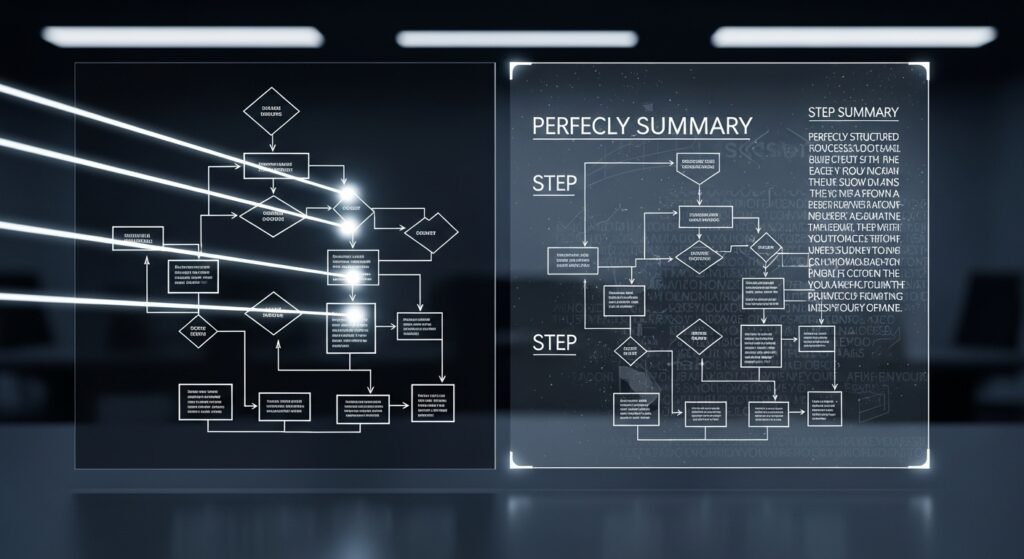
After testing their specialized strengths in scalability and long-context, we put both models through a gauntlet of generalist tasks. An enterprise AI must also excel at the everyday challenges that professionals face. This is the test of the all-rounder.
The Code Generation Test
We started with a standard, practical programming task.
- The Prompt: “Write a Python function that takes the path to a text file as input and returns a dictionary counting the frequency of each word in the file.”
- The Result: This was a tie. Both Claude 3 Sonnet and Gemini 1.5 Pro produced clean, efficient, and perfectly functional Python code. They both handled the file input, text splitting, and dictionary counting with best practices.
Verdict: For standard, everyday code generation tasks, both models are at the top of their class. They are equally reliable and highly proficient coding assistants.
The Vision Analysis Test
Next, we tested their ability to understand and interpret business visuals.
- The Prompt: We provided an image of a standard business process flowchart detailing a customer support escalation workflow. The prompt was: “Explain the process shown in this flowchart in simple, step-by-step terms.”
- The Result: This was another tie. Both models demonstrated excellent vision capabilities. They accurately interpreted the shapes and arrows, correctly identifying the process steps, decision points, and the overall flow of logic from start to finish. Their text explanations were clear, concise, and accurate.
Verdict: For analyzing common business diagrams and visuals, both models are exceptionally capable. This level of contextual understanding has become a standard feature for the titans of AI.
The Verdict
On the level playing field of general professional tasks, both Claude 3 Sonnet and Gemini 1.5 Pro perform at an elite, and largely indistinguishable, level. They are both masters of core competencies like coding and visual understanding. This proves that the choice between them rarely comes down to these general skills, but rather to their specialized strengths in either high-volume scalability or deep, long-context analysis.
The Final Verdict: Which Model is the Right Choice for Your Business?

After putting both models through a series of demanding enterprise-focused showdowns, the verdict on the Claude 3 Sonnet vs Gemini 1.5 Pro matchup is clear. The best choice is not about which model is generically superior, but which one is strategically aligned with your core business operations. It’s a choice between a scalable workhorse and a deep-diving specialist.
Choose Claude 3 Sonnet if…
…your primary need is a fast, reliable, and highly scalable model for everyday enterprise tasks.
If your business relies on processing a high volume of transactions—like customer support inquiries, content moderation, or routine data extraction—Claude 3 Sonnet is the superior choice. Its decisive victory in our High-Volume Scalability Test proved its advantages in speed, throughput, and cost-effectiveness. It is the ideal engine for powering the millions of small-to-medium tasks that drive modern business.
- Personas: Operations Managers, Customer Support Leads, and IT Departments looking to deploy enterprise AI at scale.
Choose Gemini 1.5 Pro if…
…your core business involves analyzing large, complex documents, videos, or codebases.
If your competitive advantage comes from deriving insights from massive datasets, Gemini 1.5 Pro is in a class of its own. Its knockout win in our Deep Dive Research Test showcased a fundamental capability that Sonnet cannot match. For deep legal discovery, financial analysis of long reports, or R&D that involves understanding entire codebases, its massive long-context window is a true superpower. When compared to other premium AI subscriptions, this feature is a key differentiator.
- Personas: Legal Teams, Financial Analysts, Researchers, and R&D departments.
Frequently Asked Questions (FAQs)
Is Gemini 1.5 Pro more expensive than Claude 3 Sonnet?
Yes. On a per-token basis, Gemini 1.5 Pro’s API is generally more expensive. This makes Claude 3 Sonnet the more cost-effective choice for high-volume, shorter-context tasks.
Which model is “smarter” for everyday questions?
For general knowledge and reasoning on common tasks, their intelligence is comparable. Gemini 1.5 Pro is “smarter” on tasks that require understanding the context of a very long document, while Sonnet has a better balance of intelligence and speed for quick queries.
Can Sonnet also analyze documents?
Yes, Claude 3 Sonnet has a very large 200,000-token context window, which is excellent for analyzing long documents, reports, and books. However, Gemini 1.5 Pro’s 1 million token window is five times larger, making it the only choice for extremely large files or entire codebases.
Which model is better for building a customer service chatbot?
For most customer service chatbot applications, Claude 3 Sonnet is the better choice. Its lower latency, higher throughput, and better cost-effectiveness at scale make it the ideal engine for handling thousands of concurrent conversations.
Conclusion: The Workhorse or the Powerhouse?
The ultimate enterprise showdown between Claude 3 Sonnet vs Gemini 1.5 Pro ends with a clear strategic choice. You aren’t just choosing a model; you’re choosing an engine optimized for a specific business function.
Is the core of your business built on executing millions of tasks with speed and efficiency? Then the workhorse, Claude 3 Sonnet, is your answer. Is your business built on finding the one critical insight buried in a mountain of data? Then you need the specialist, Gemini 1.5 Pro.
Identify your company’s most critical AI need, and the right choice will become obvious. To continue exploring the latest in AI, visit our blog.
Which is more critical for your business: high-volume scalability or deep-dive analysis? Share your use case in the comments below!
